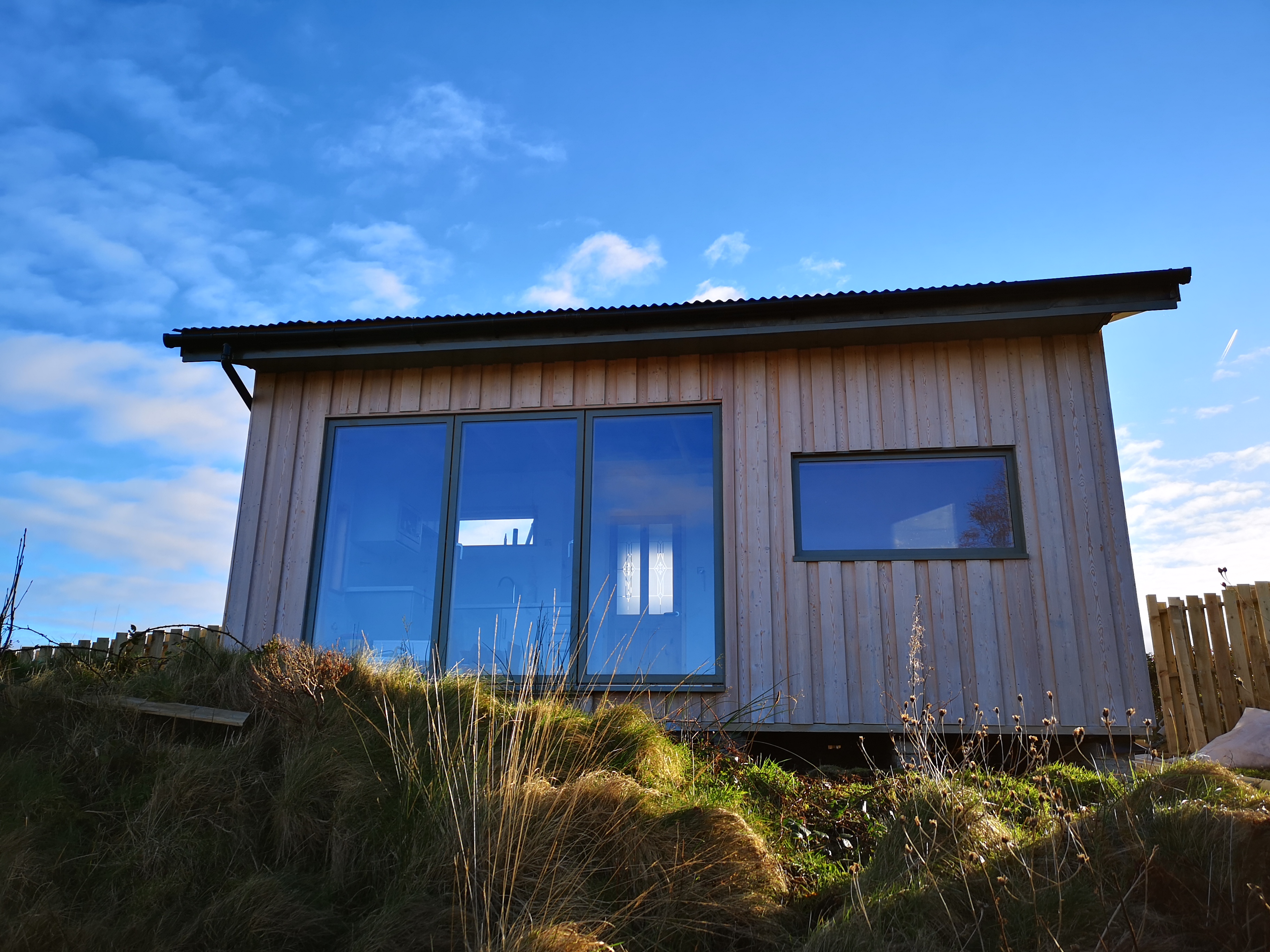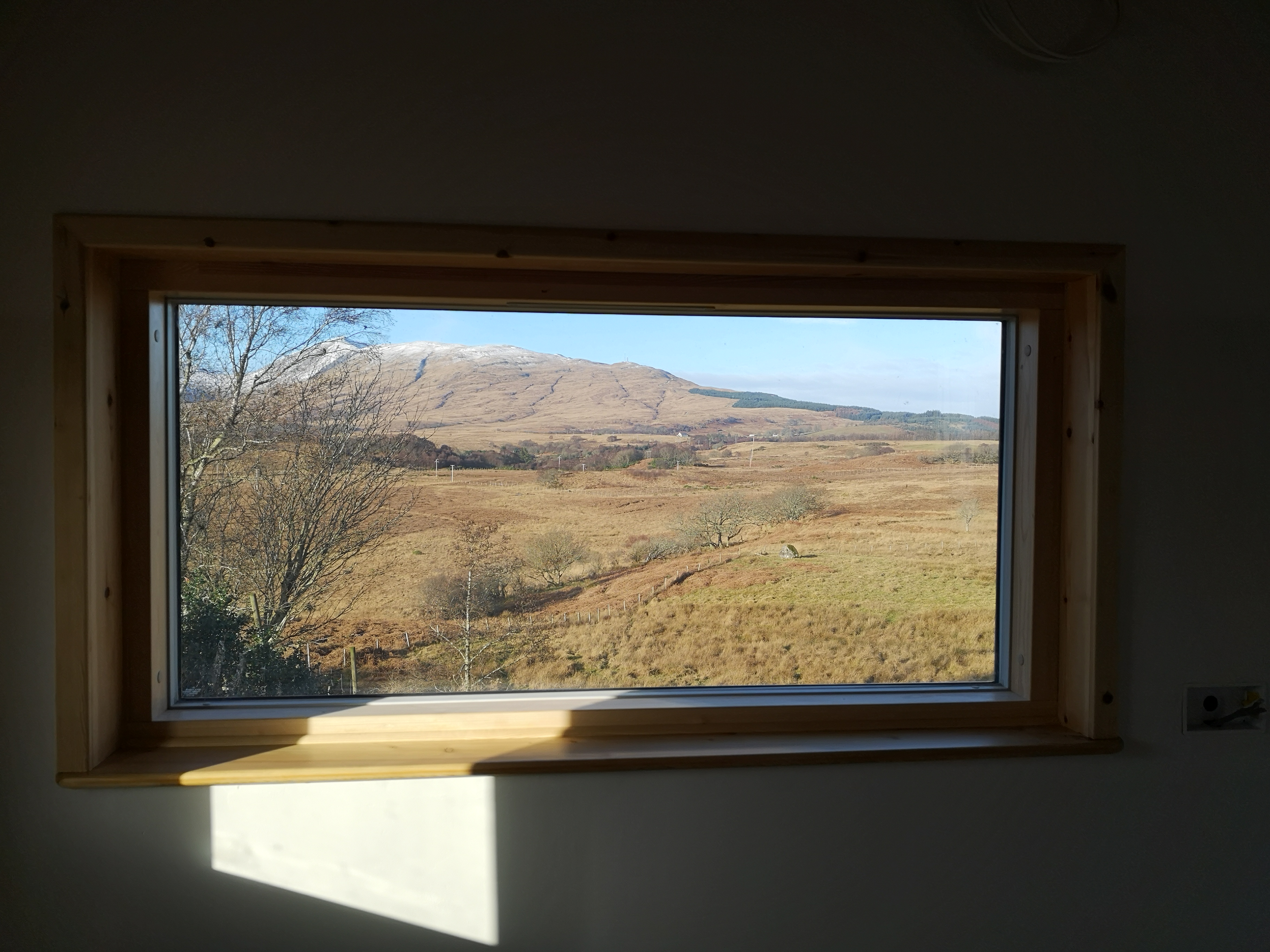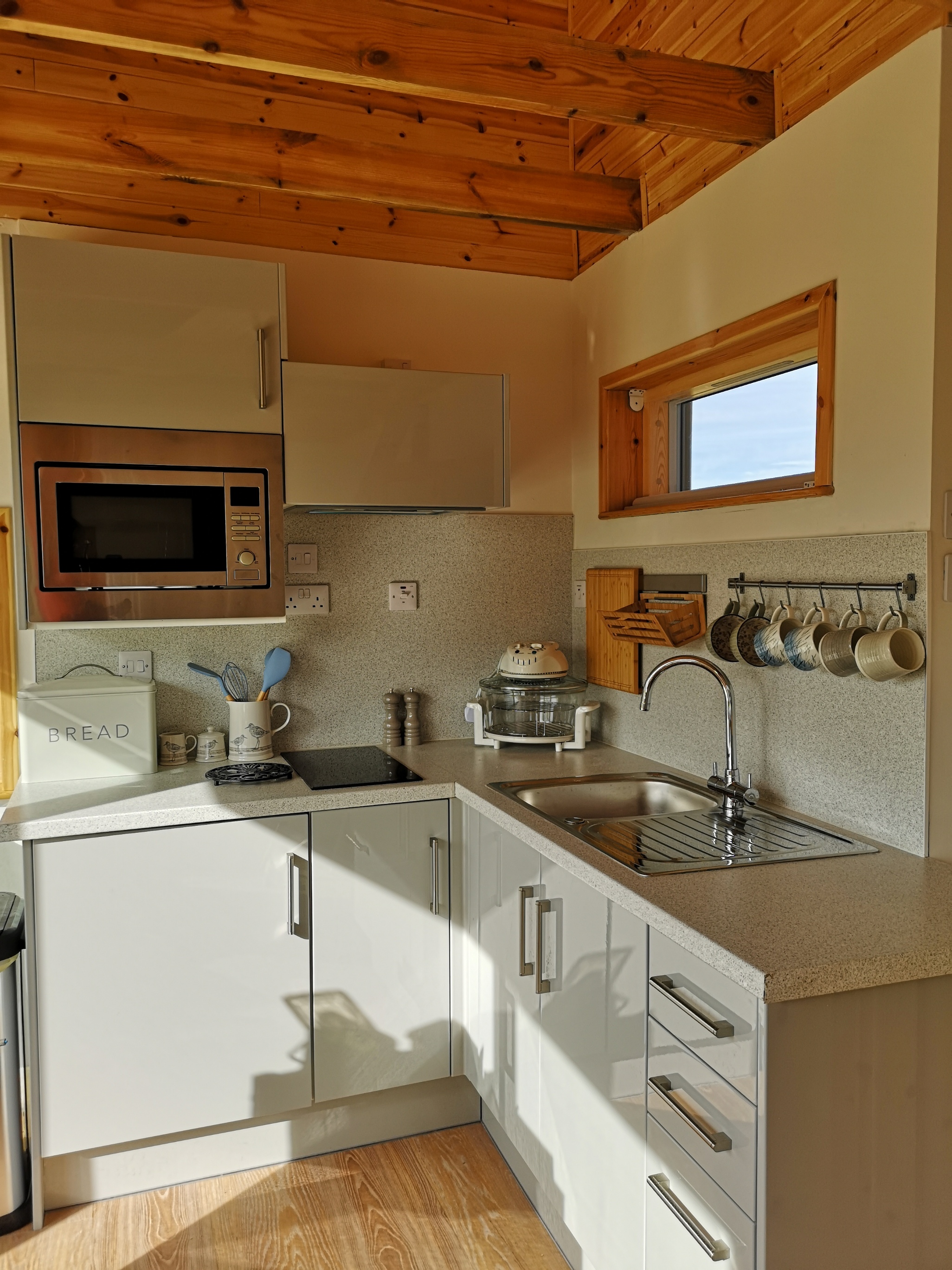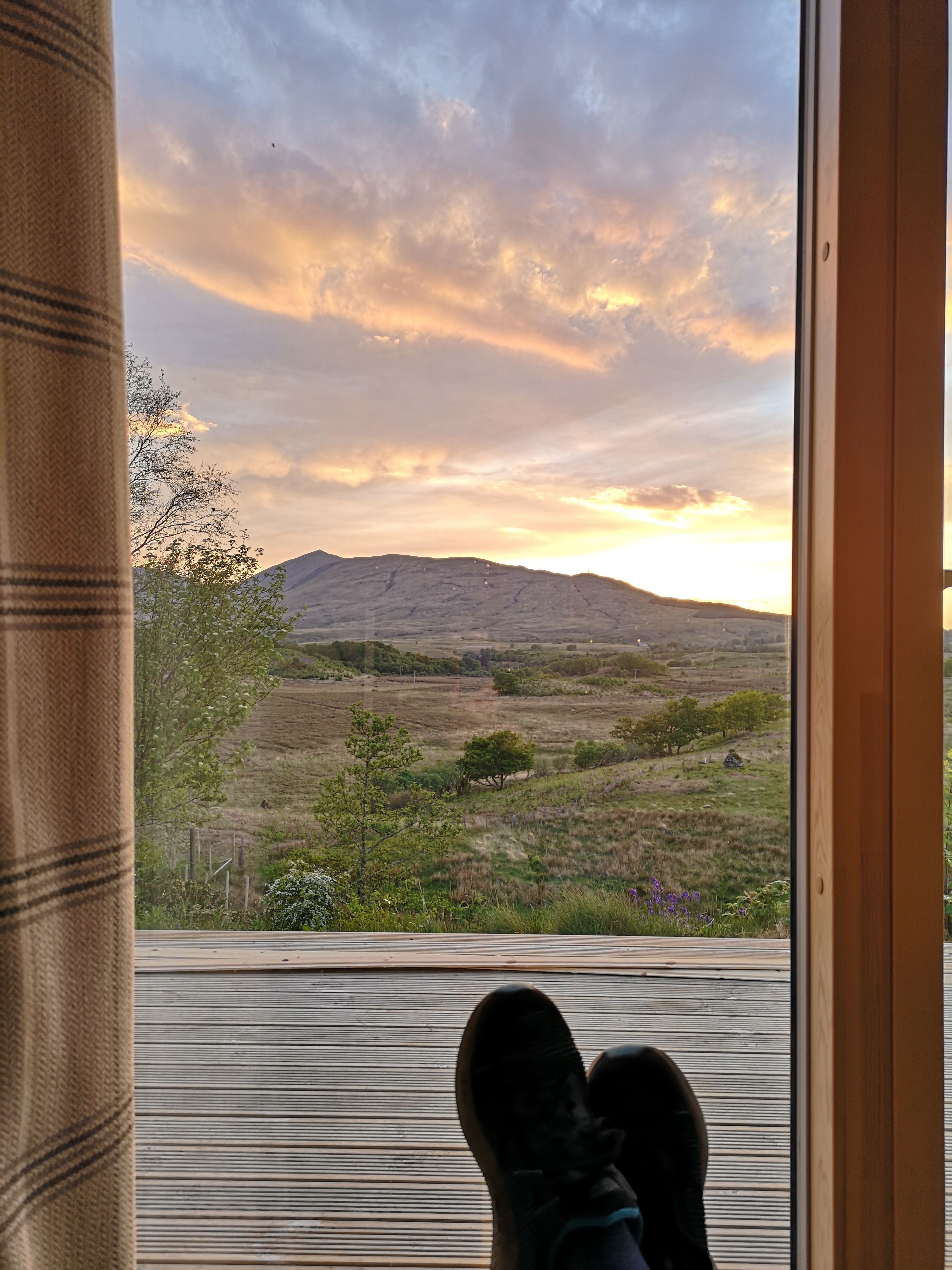BUTTERFLIES ON MULL
Mull is very under-recorded for butterflies but there are currently confirmed records for 22 species of butterfly found on the island with unconfirmed records for a further 3 species (c. 35 species in Scotland).
Five of the species on the Mull list are classified as “Priority Species” in the Government’s published UK Biodiversity Action Plan (UKBAP).
Mull is a very important area for Marsh Fritillary which is one of these 5 UKBAP Priority Species. The key area on the island for this beautiful butterfly are the damp fields around Loch Don and there are currently 2 sub-colonies of Marsh Fritillary very close to High Oatfield.
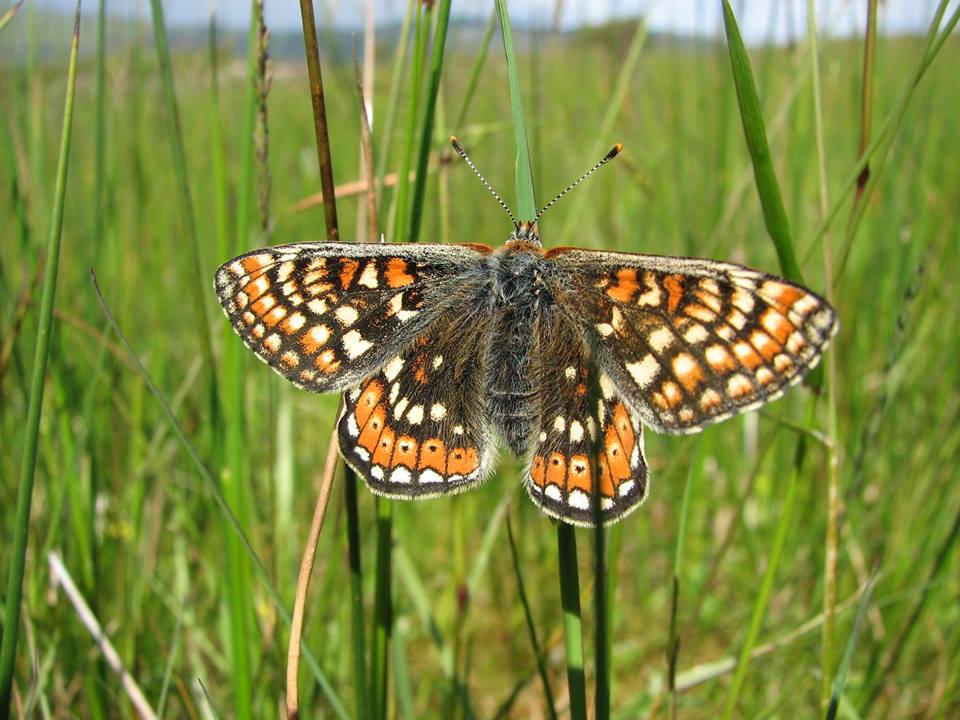
Marsh Fritillary
Many of the other butterfly species on the Mull list can be found in the walkable areas around the surrounding fields and shore line from the B&B and The Hide. There is a small colony of Green Hairstreak by the entrance and a butterfly mainly found in Scotland, the Scotch Argus, will be found in many of the fields around the house.
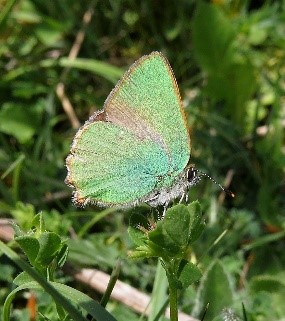
Green Hairstreak
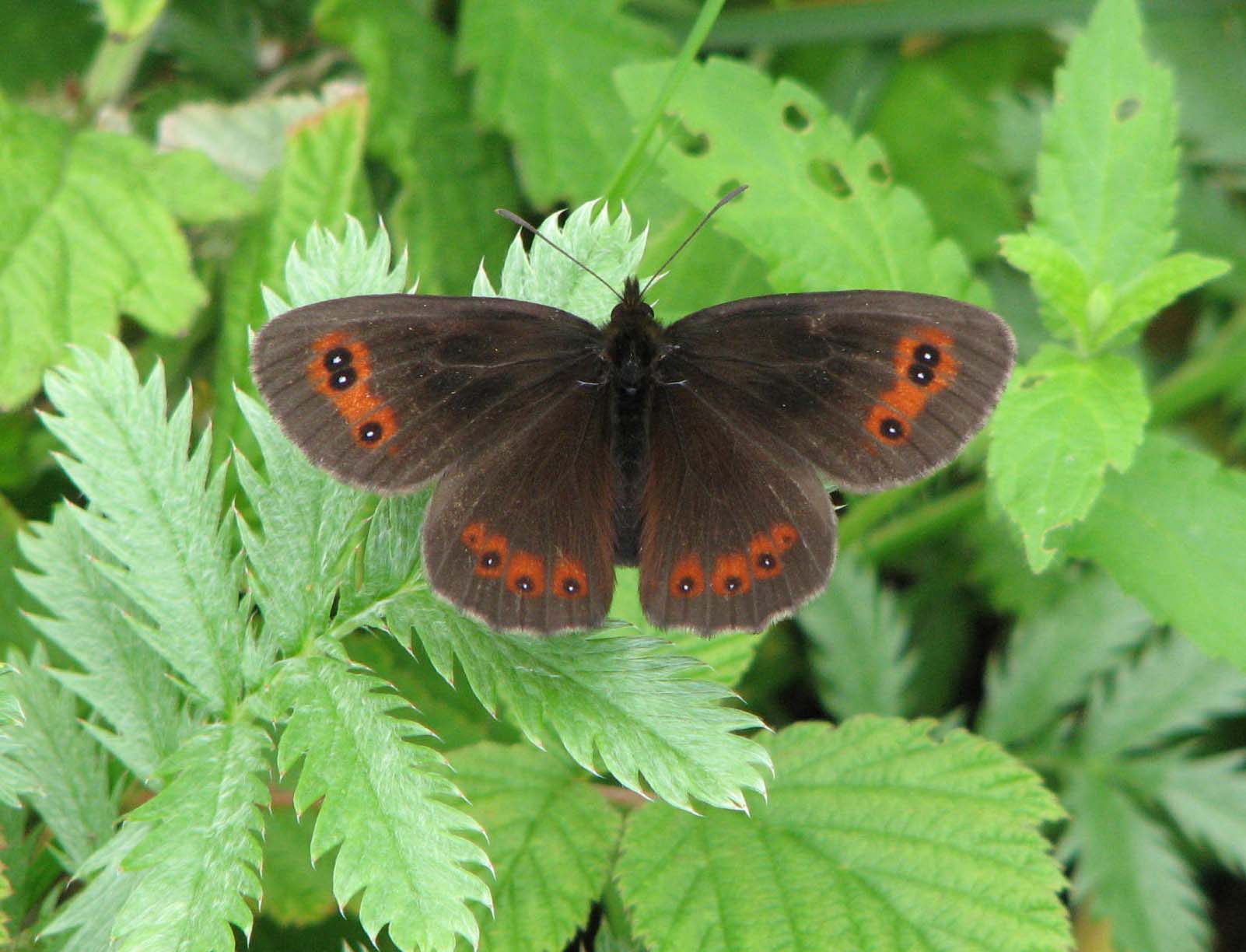
Scotch Argus
Of the other UKBAP Priority species on the Mull list, Small Pearl-bordered Fritilary, Small Heath and Grayling have all been seen in the areas around High Oatfield.
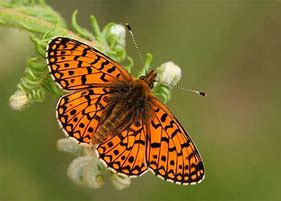
Small Pearl bordered Fritilary
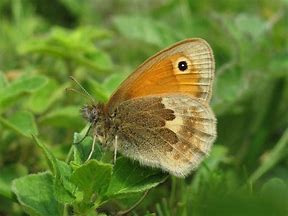
Small Heath
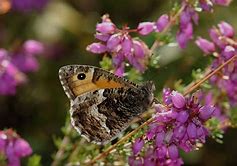
Grayling
MOTHS ON MULL
Mull is even more under-recorded in respect of moths. Moth species are artificially divided into 2 sub groups, macro moths and micro moths. The current confirmed Mull list has 335 macro moth species and circa 200 micro moth species. New species are still being recorded though and added to the list, particularly for the micro moths and thus the list is incomplete. Scotland has circa 1300 species in total of both macro and micro moths.
The moths on Mull include some rare species with currently 25 of the species here being officially designated as nationally scarce. These include 5 species that are UKBAP Priority species and one of these, Slender Scotch Burnet, is endemic to Mull and Ulva, i.e. it is not found anywhere else in the world !

Slender Scotch Burnet
Most moth species are nocturnal, only flying at night. This makes them difficult to see and to appreciate how brightly coloured or cryptically marked or beautifully camouflaged some of the species actually are without catching them. The most common way of doing this is with a light trap with the moths being released unharmed after identification.
However, there are a number of day-flying species on the Mull list which are much easier to see. There is the Narrow-bordered Bee Hawkmoth (a remarkable mimic of a bumble bee) which is a UKBAP Priority species and has been seen close to the entrance to High Oatfield. Two more of the UKBAP Priority species, Forester and Argent & Sable, have also been recorded close to the B & B and Hide and are also day flyers.
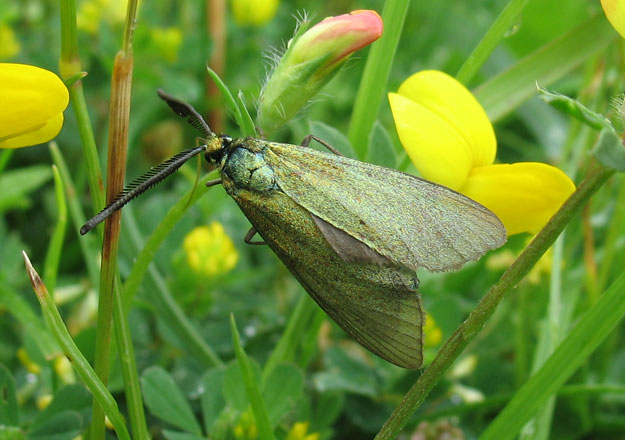
Forester
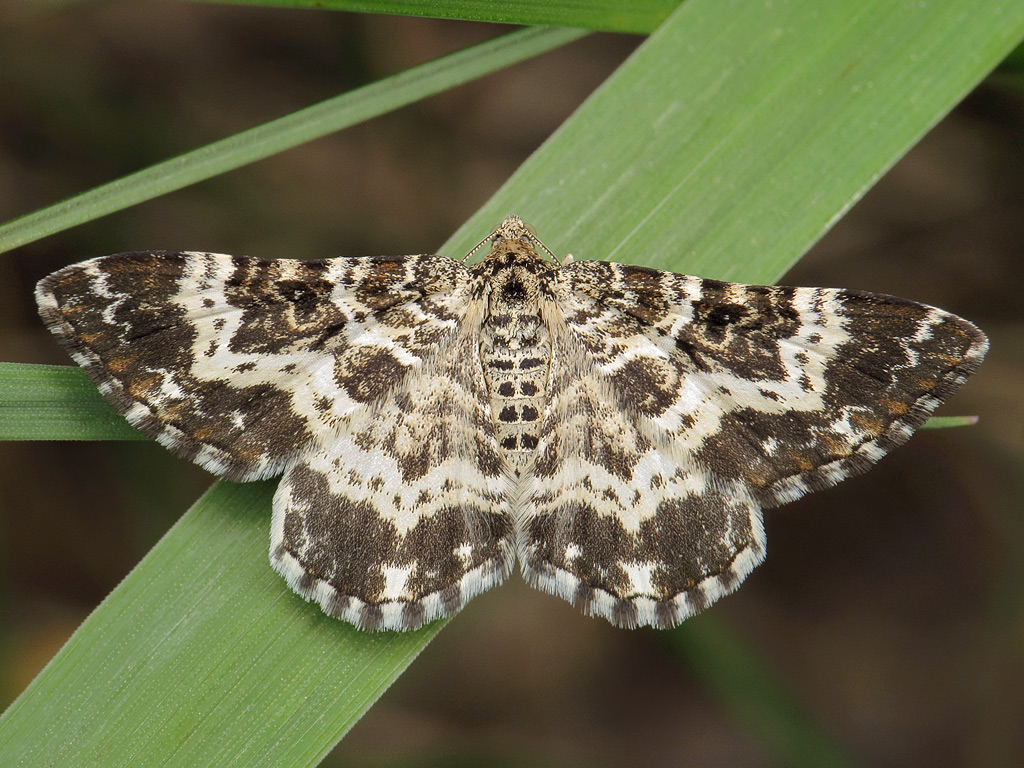
Argent and Sable
Of the more common day-flying species, Clouded Buff, Six-spot Burnet and Common Heath are all likely to be seen in the fields around High Oatfield during their flight seasons. The spectacular Emperor Moth and the immigrant moth Silver Y have both also been seen in day time close to High Oatfield.
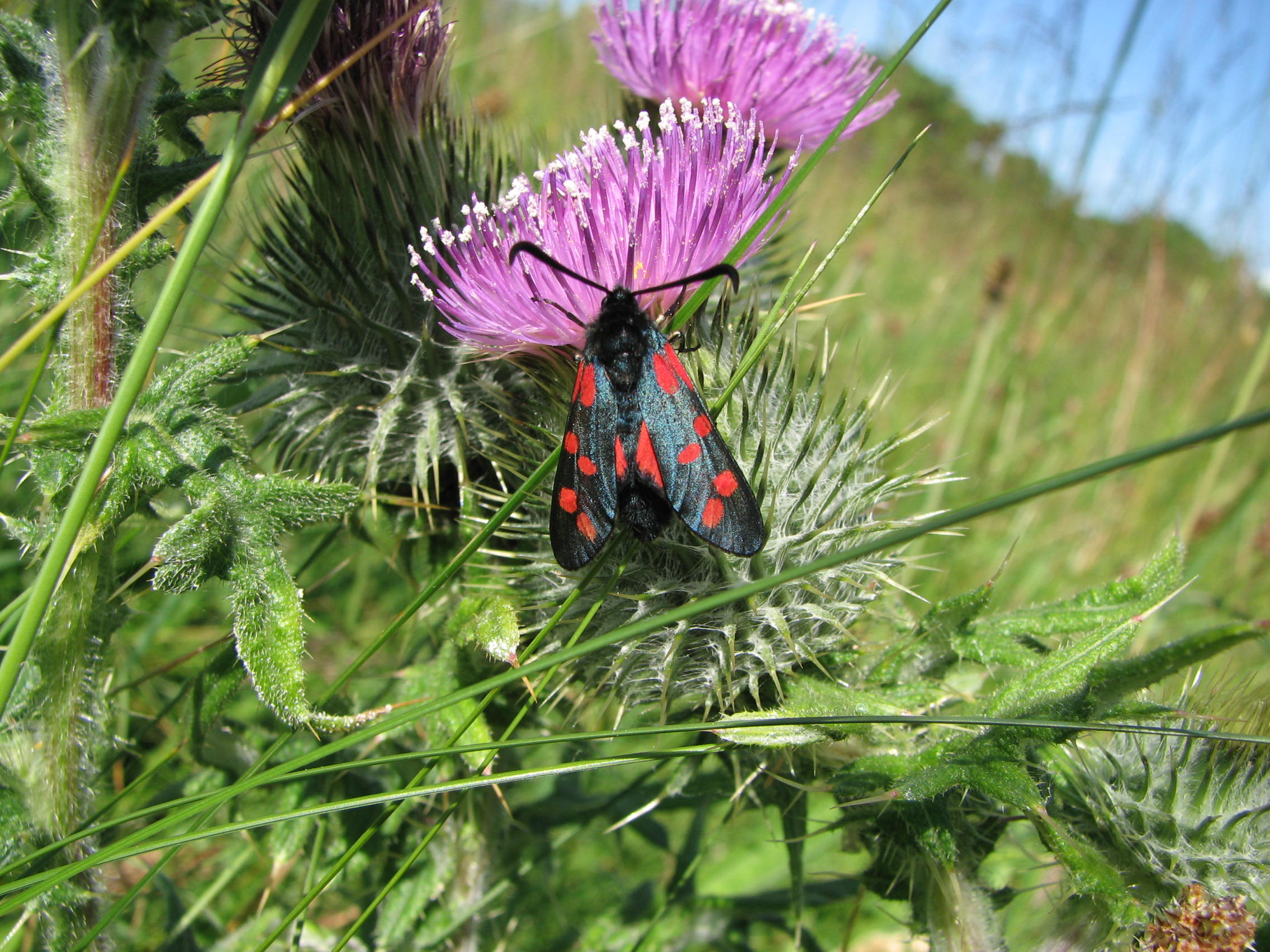
Six-spot Burnet
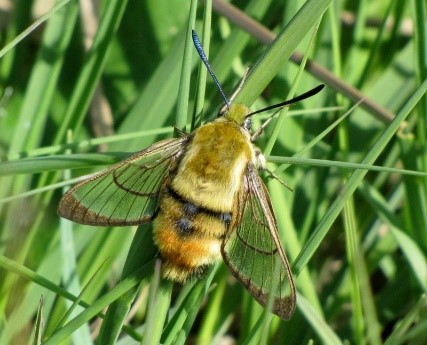
Narrow bordered Bee Hawk-Moth
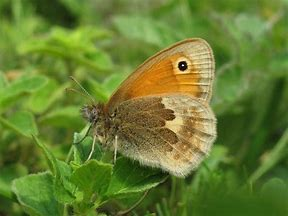
Small Heath
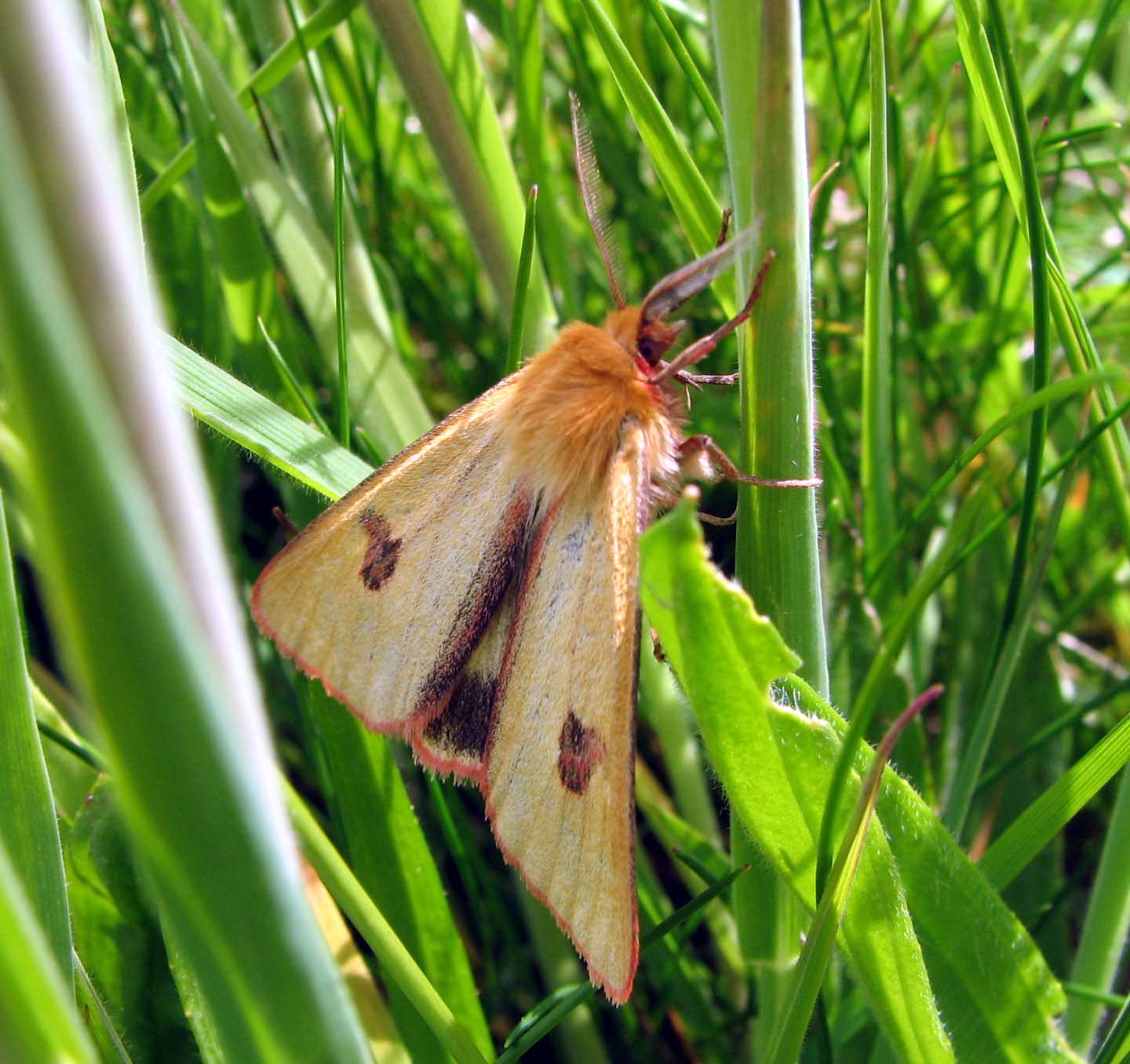
Clouded Buff
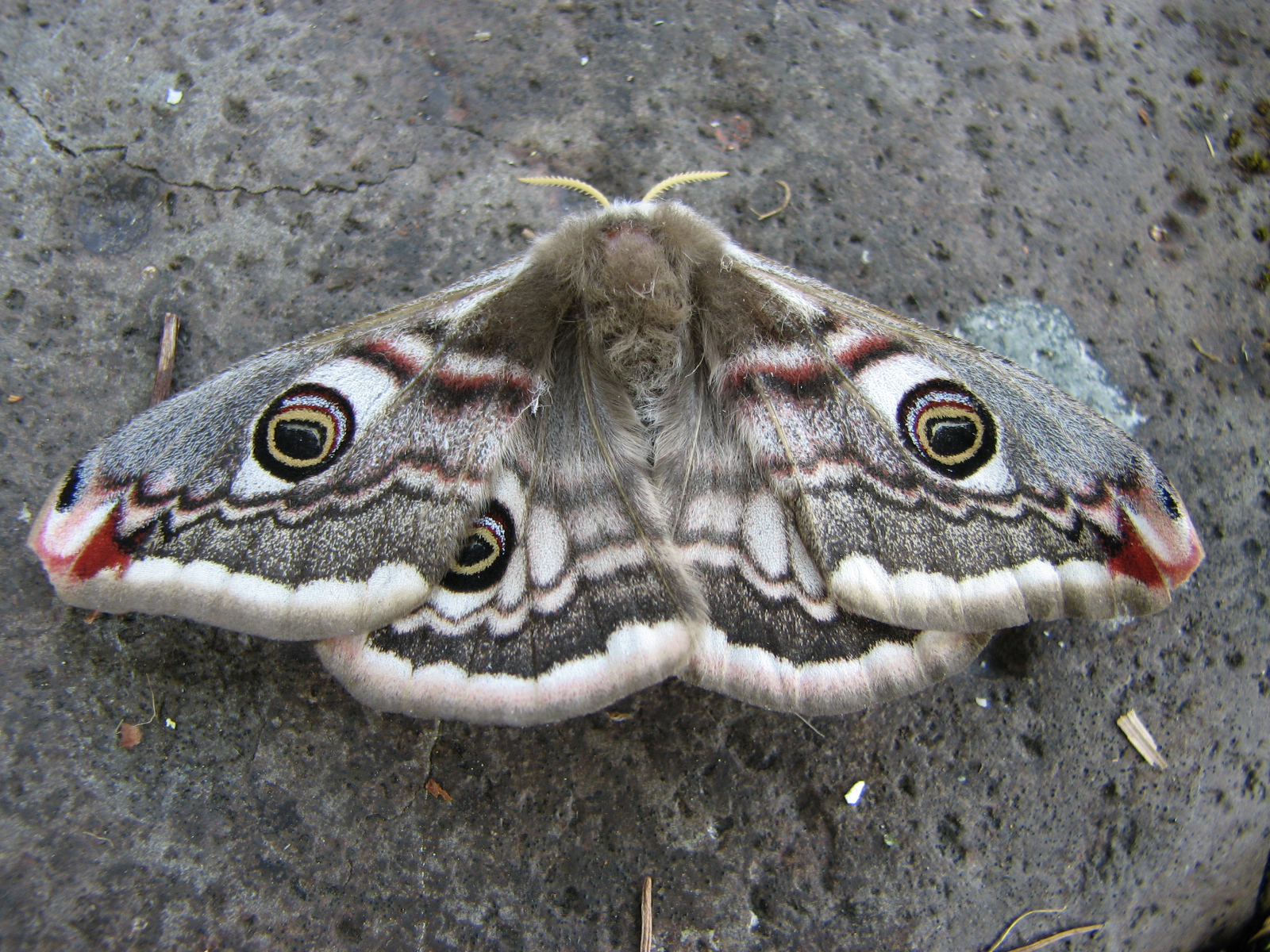
Emperor Moth
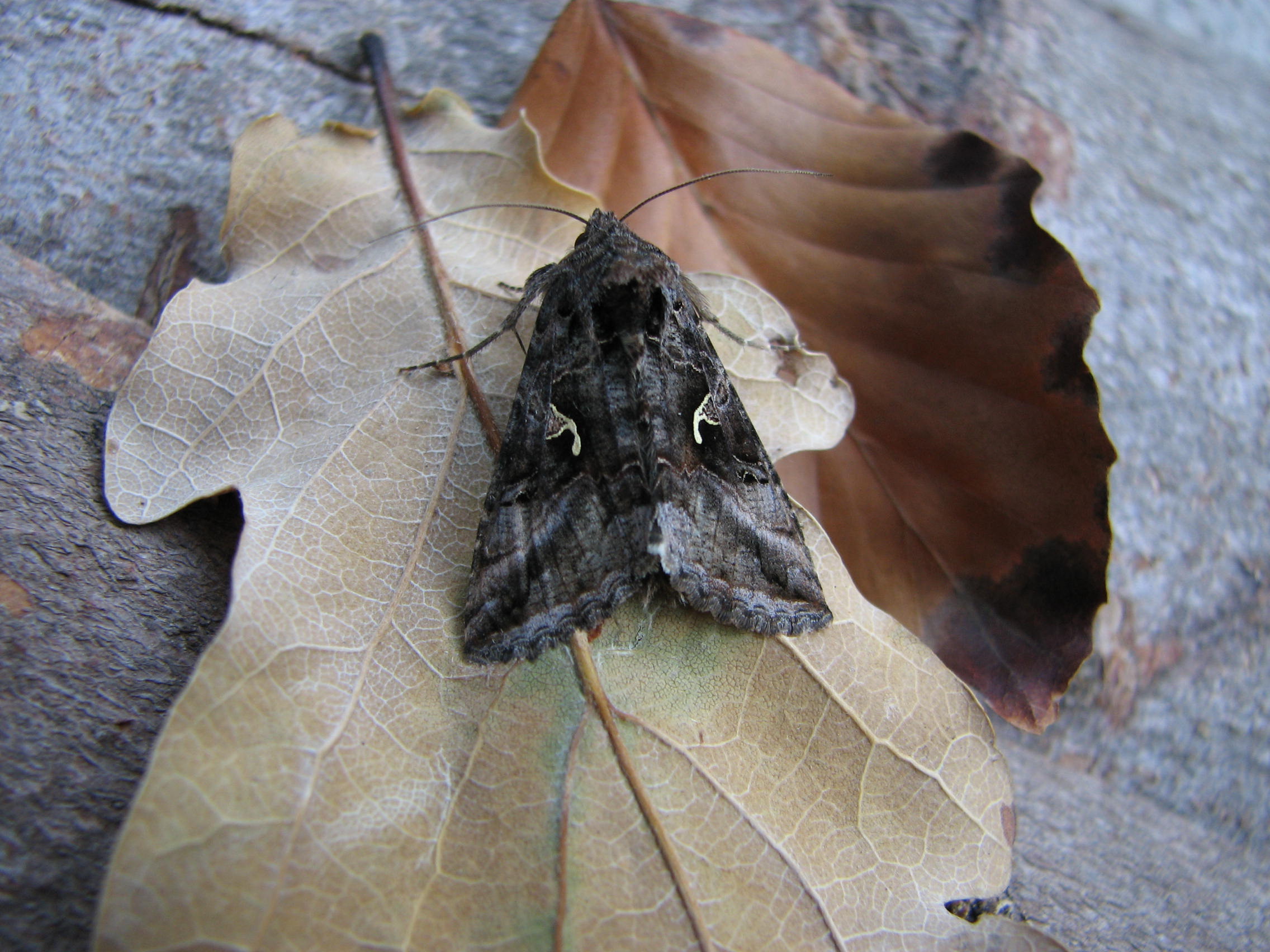
Silver Y
Recording and information on Butterfly and Moth species in our area courtesy of Alan Skeates.
Photographs courtesy of Alan Skeates, Jen Swift and Butterfly Conservation

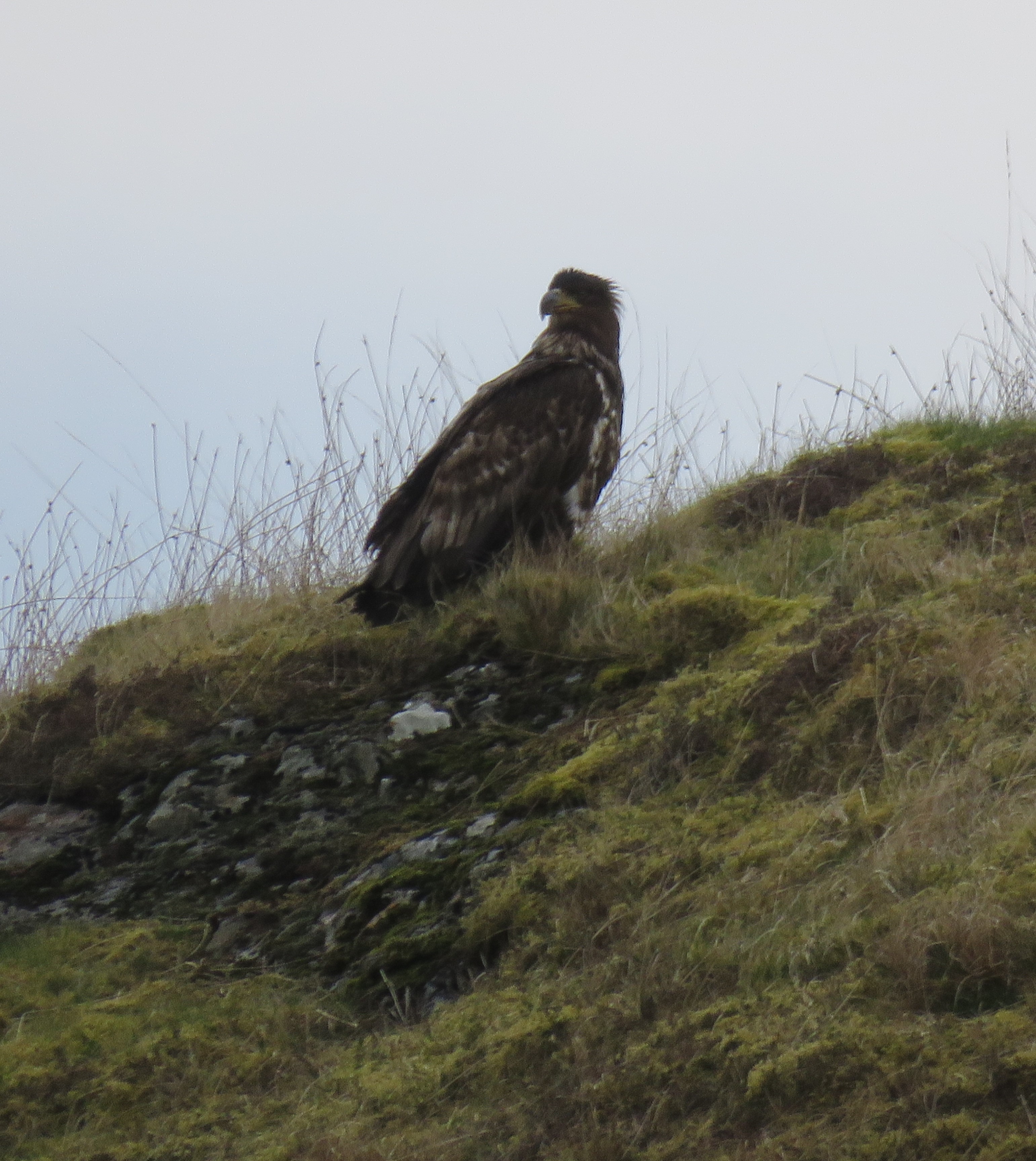
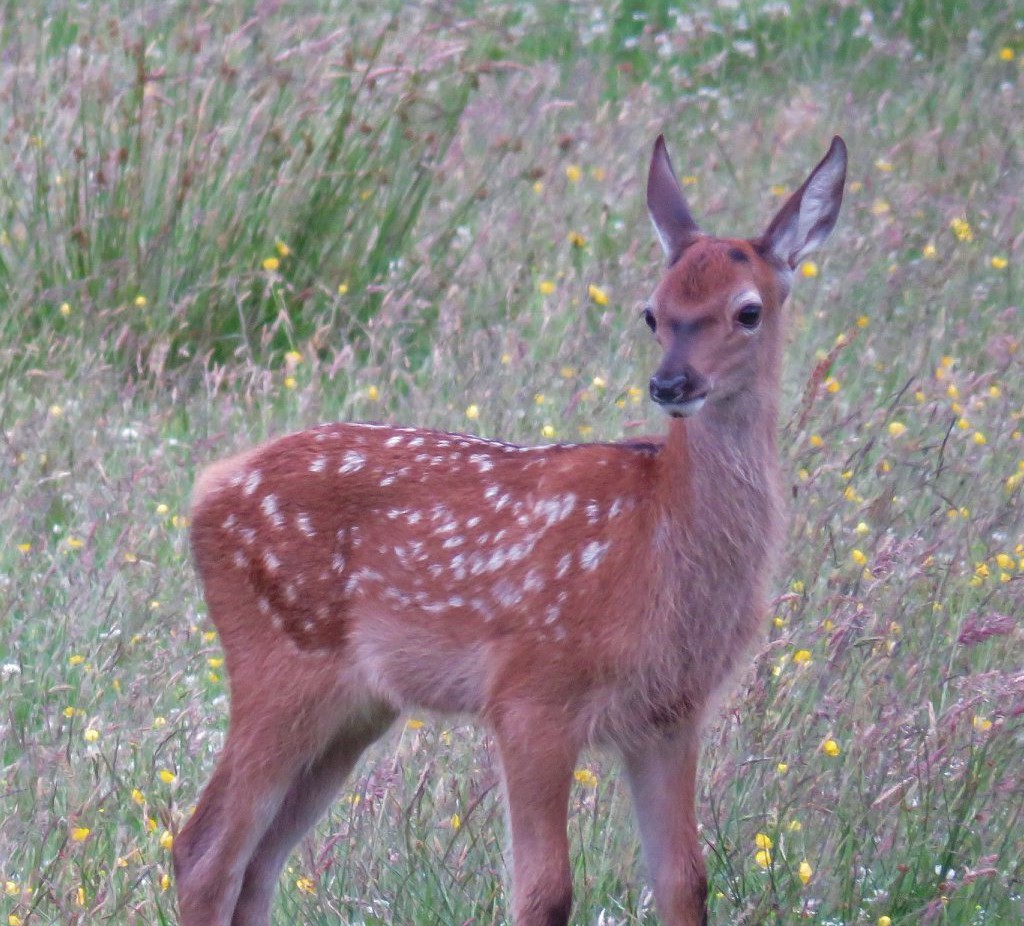
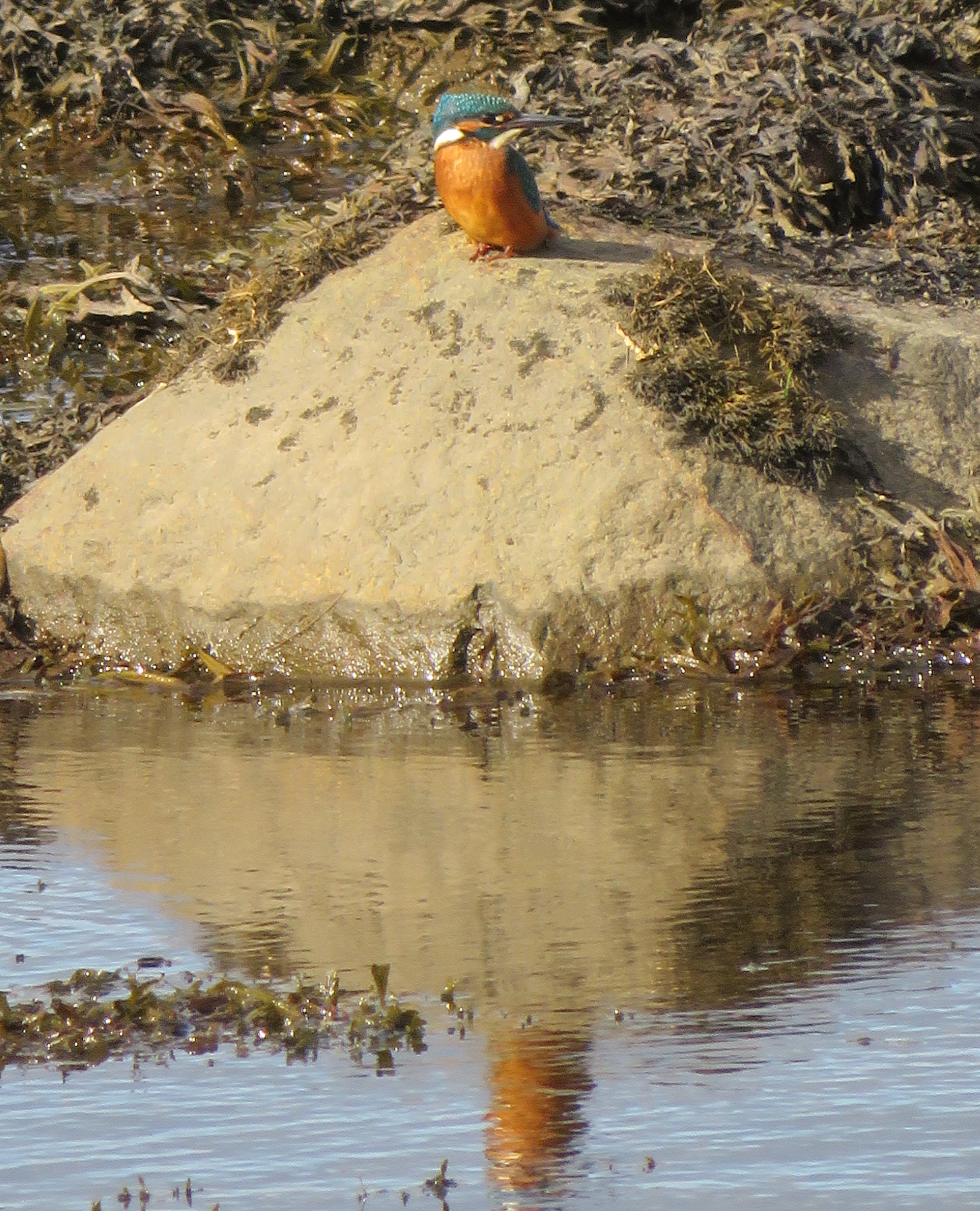

 Newly fledged Juvenile from 2017, max pull on my camera from the house to avoid disturbing it so not the best quality photo.
Newly fledged Juvenile from 2017, max pull on my camera from the house to avoid disturbing it so not the best quality photo.